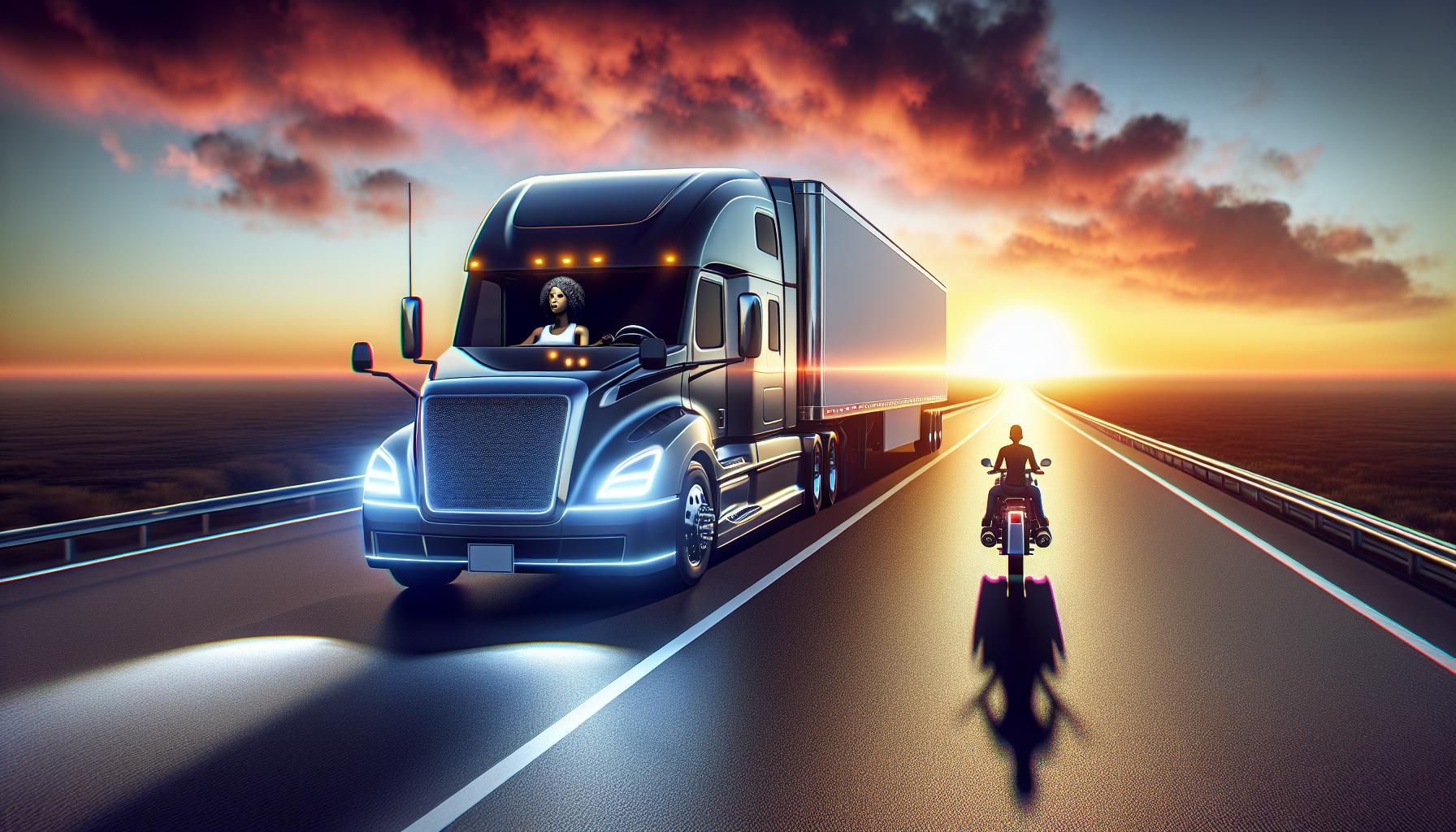
Trucks, Tech, and Trouble: The AI Revolution on the Open Road
Picture the classic image of a trucker. It’s a portrait of independence: the open road, the hum of a powerful engine, a lone figure steering tons of steel and cargo across the country. For decades, this world ran on handshakes, phone calls, and the trusted relationships between drivers, brokers, and dispatchers. It was a system built on human connection. But today, that entire system is being rewritten—not by people, but by code.
The trucking industry, long considered one of the last frontiers of analog grit, is in the midst of a seismic digital transformation. A wave of tech startups and established logistics giants are pouring billions into sophisticated software platforms designed to do one thing: make trucking smarter, faster, and more efficient. They call it digital freight matching, but you might know it by a more familiar name: “Uber for Trucking.”
And just like Uber’s disruption of the taxi industry, this tech-fueled revolution is a double-edged sword, creating a deeply uneasy relationship between the drivers behind the wheel and the algorithms in the cloud.
The Old Way: A World of Phone Calls and Fax Machines
To understand the magnitude of this change, you have to appreciate how things used to work. A shipper with a load of goods would call a freight broker. That broker, using a Rolodex and years of industry knowledge, would then call their network of truckers to find someone available, negotiate a rate, and get the deal done. It was inefficient, opaque, and heavily reliant on who you knew.
Truckers often finished a delivery and then had to find a new load for the return journey, a process that could leave them stranded for days. This empty travel, known as “deadheading,” was a massive drain on fuel, time, and potential earnings. The entire system was ripe for disruption.
Enter the Digital Broker: The Promise of AI and Automation
This is where the new wave of tech comes in. Companies like Convoy, Uber Freight, and dozens of others have built powerful SaaS (Software as a Service) platforms that connect shippers directly with truckers via a smartphone app. No more phone tag, no more faxing documents. Just tap, book, and drive.
At the heart of these platforms lies a powerful combination of artificial intelligence and machine learning. Here’s how this innovation works:
- Intelligent Matching: The AI analyzes thousands of data points in real-time—the truck’s location, its available capacity, the driver’s hours of service, the cargo’s requirements, and the destination. It then instantly matches the perfect truck to the perfect load, dramatically reducing wasted time.
- Dynamic Pricing: Forget lengthy negotiations. These platforms use machine learning algorithms to set prices instantly based on supply, demand, weather conditions, fuel costs, and historical data. This creates a transparent, real-time marketplace.
- Route Optimization: The software doesn’t just find a load; it finds the best load. It can bundle multiple short-haul trips or find a return load (“backhaul”) before the initial delivery is even complete, virtually eliminating deadheading. This is automation at its most impactful.
For shippers, the benefits are clear: lower costs, greater visibility into their supply chain, and incredible efficiency. For the tech world, from developers working on the programming to the entrepreneurs launching these startups, it’s a multi-trillion-dollar industry finally opening up to digital transformation.
The Squeeze: When Efficiency Drives Down Earnings
So, if the system is so much more efficient, why the “uneasy relationship”? Because for many independent owner-operators and small trucking companies, this efficiency feels like a relentless squeeze on their bottom line.
The same price transparency that benefits shippers can create a race to the bottom for truckers. When everyone can see the going rate, and the algorithm is designed to find the lowest-cost option, it erodes the ability for experienced drivers to negotiate better pay based on their reliability or relationships. The algorithm becomes the new boss, and it’s a boss that is ruthlessly focused on cost reduction.
As one driver quoted in the original BBC article noted, the rates are often “insultingly low.” The human element of the broker, who might fight to get a trusted driver a better deal, is replaced by an impartial, and often unforgiving, line of code. The automation that streamlines the process also commoditizes the service, turning a skilled profession into a simple transaction.
The Unseen Risks: Cybersecurity and the Fragile Supply Chain
Beyond the economic impact on drivers, the mass digitization of freight introduces a critical vulnerability that tech professionals and entrepreneurs must address: cybersecurity.
When a significant portion of a nation’s cargo movements is managed through a handful of centralized, cloud-based platforms, those platforms become high-value targets. A successful cyberattack could potentially:
- Disrupt the


